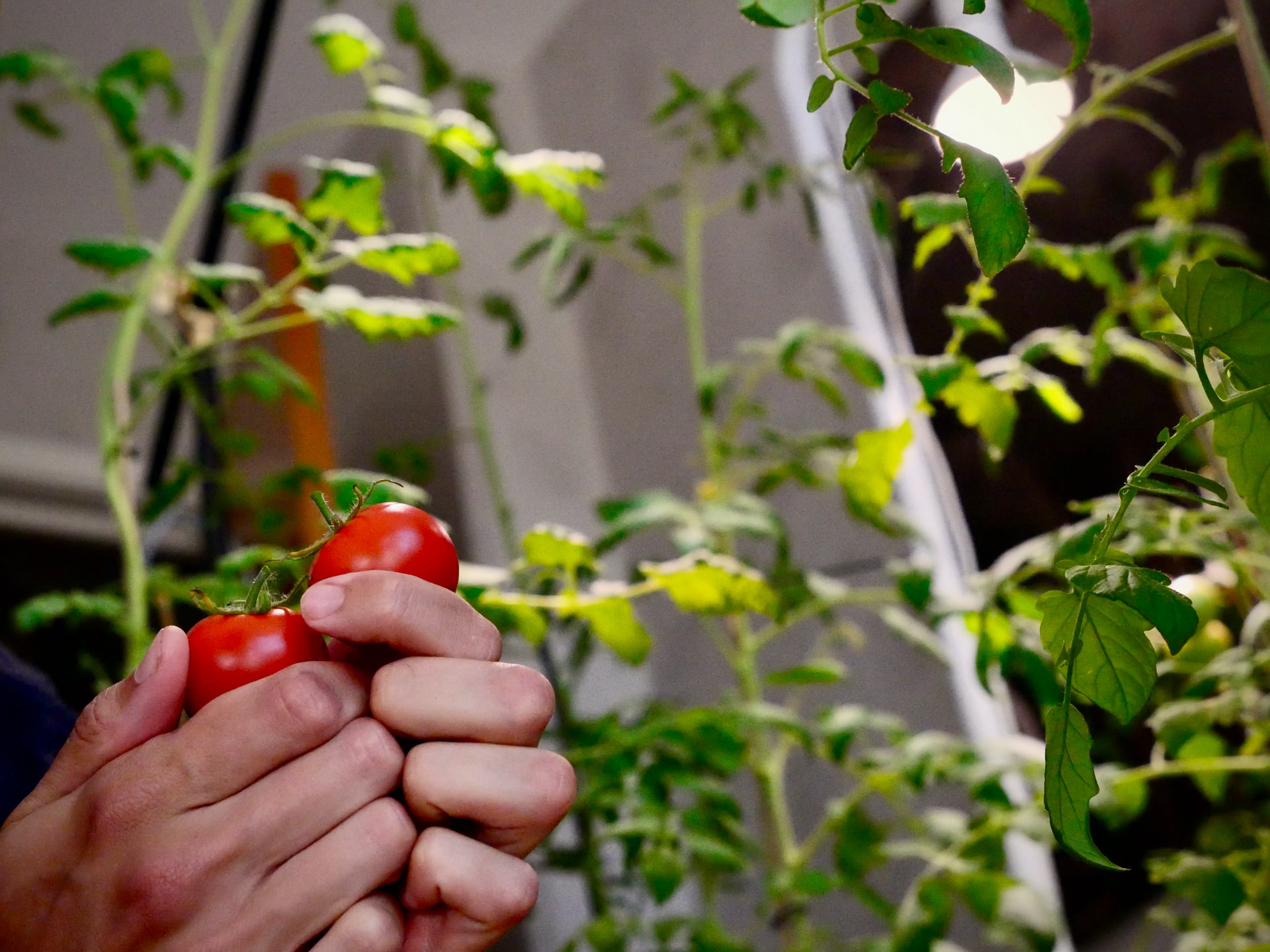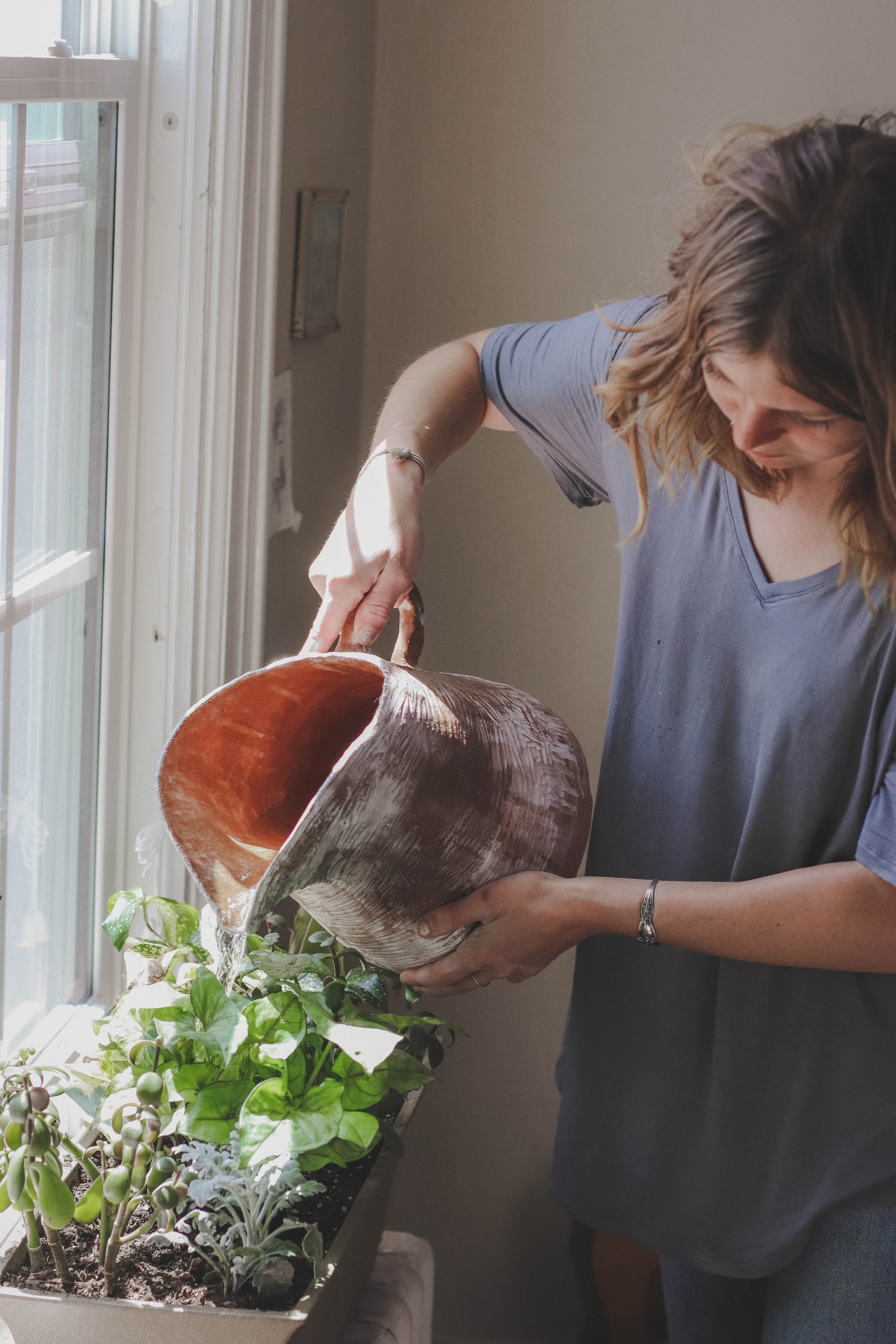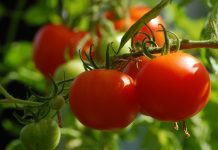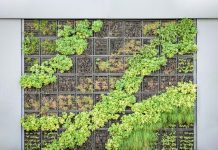
Gardening has been a beloved pastime for people since the olden days. Before the concept of an indoor garden came to be, rich Egyptians in ancient times rested in the shade of trees to escape the heat and relax.
It wasn’t long before they thought to create wall-enclosed gardens and plant their trees in attractive rows. In addition to decorative species, they also planted food trees like nuts, figs, and dates.
The Egyptians added gardens to their temples because they believed that the gods enjoyed them. They didn’t separate gardens for produce and gardens for pleasure, mixing the two types of plants instead. Y
ou may think that gardens are a seasonal thing, but the fact is that you can have one year-round. Indoor gardens cleanse the air in your house, make your space look more attractive, and give you delicious edible plants all year.
Indoor gardens are an especially good idea for people who live in cities and have limited space or no yard. You can even start growing inside and move the plants to the outdoors once spring rolls around if you have enough space.
What Is Indoor Gardening?
Indoor gardening is exactly what it sounds like: growing plants inside. You can have one in any enclosed area including a restaurant, your office, or your home.
It’s been proven that seeing a garden landscape can have a very positive impact on you. And not only is it an enjoyable pastime, but it brings you many benefits, which we’ll discuss below.
An indoor garden can take many forms from vertical farming to hydroponic gardening and container plants. An indoor garden can mean growing strictly herbs and vegetables, decorative trees and flowers, or provide a way to get a head start on that year’s growing season.
Why should you consider starting an indoor garden?
The Benefits of Gardening
Gardening is not only fun but also comes with an array of benefits. Below are some of the advantages of gardening.
Mood and stress relief
Studies suggest that gardening can be an effective stress-reliever. In our harried modern world, this isn’t something you should ignore. Spending more time around plants may lead you to experience lifted moods from day to day.
Improved self-esteem
Gardening can lower levels of cortisol in the body, a stress hormone. This hormone can impact more than just your mood and is related to memory, heart disease risk, obesity, and more. Your brain hormones impact the level of self-esteem you feel and gardening can have a very positive impact on how you view yourself.
Decreased dementia risk
One study conducted in 2006 found that you can lower your risk of getting dementia by as much as 36 percent by taking up gardening. If you’re getting older and want to protect your mind, starting an indoor garden could be a good place to begin.
Exercise
Gardening regularly is a good way to fit more exercise into your routine. As you twist and bend to pick things up, reach for tools and plants, and pull weeds, you’ll be working your muscles and improving your flexibility. The best part of this type of exercise is that it feels more like fun than work.
Hand dexterity
As you get older, strength and dexterity diminishes in your hands and other parts of the body. As you lose flexibility and your power to grip, the range of pleasurable activities you can do decreases significantly. Well, you may be happy to know that gardening can help your hands stay agile and vigorous as you age. Just keep in mind that you shouldn’t push it too far or you might actually strain your hands a bit too much. Try to alternate which hand you’re using for various gardening tasks in order to give yourself a break.
Improved relationship with veggies
Some people think that they don’t like vegetables at all. As we get older, we often change our minds about foods, but if you’re still the type who doesn’t like veggies, an indoor garden may help.
When you grow your own vegetables, you’re putting time, focus, and care into the process. One study suggests that people who garden enjoy eating their own vegetables more and are also likelier to get the amount they need.
What to Consider With an Indoor Garden
As with any other hobby or interest, keeping an indoor garden comes with its own set of unique considerations. We have listed some things you’ll need to think about before you get started, below.
Space
The amount of space your garden will require is really up to you. Even if you live in a tiny studio apartment, you can still make room for your garden. Many people grow herbs and vegetables on their table or windowsill, while others dedicate larger spaces to their gardens.
Look for an area with a linoleum or tile floor to prevent it from being ruined by water. If you only have carpet to work with, you can protect the floor with a tarp. Another option is using shelving to save some space. Just make sure you’re allowing your plants to get adequate light if you go with shelves.
Light
You can’t have an indoor garden without light. Your plants will need to photosynthesize to survive and will need access to enough sunlight if you want them to fruit or flower. Even windowsill plants may not have access to enough light to grow to their full potential, so getting a grow light could be a good idea.
You can’t use a regular light bulb and instead need to get a light especially for growing plants. Keep it as close to your plants as you can without burning them.
As a general rule, your plants should get between 14 and 16 hours of simulated light or sunlight per day. But if your plant isn’t getting enough, you’ll be able to tell because it will turn a lighter shade and have thin stems with small leaves.
Temperature
Most plants need temperatures of 65 to 75 degrees Fahrenheit to thrive, although they’ll probably do fine with up to 10-degrees variance in either direction. If your plants get too hot, they’ll be weak and small. Plants that you grow in cold conditions will turn yellow and lose their leaves.
You may want to consider getting an autopilot thermostat to control the temperature in your indoor garden. This will allow you to choose different settings for day and night temperatures and keep your plants healthy and happy.
Humidity
Not having enough humidity in your house can present a challenge for your garden. Winter is typically a drier season than summer, and having your heater on in the house might make matters more difficult for your indoor garden space. So, how can you tell if you’re having an issue with low humidity?
If your plants start losing their leaves, look puckered or withered, and have brown tips, you’ll know that you need to increase the humidity in your garden. You can do this by misting your plants, getting a humidifier, or by putting your plants closer together.
Soil
When it comes to growing plants indoors, soil preparation is a key component of the process. With the right soil, you’ll have a healthy foundation and a good environment for your plants to thrive. If you skimp on this essential factor, you’ll get non-productive or weak plants that are more susceptible to infestations.
You can’t use soil that you find outside to grow indoor plants as this might bring weed seeds or pests in with it. Instead, find a mix that is specially designed for indoor plants. An alternative option is creating your own potting mix.
Hydroponics
Instead of using a soil mixture to grow your indoor garden, you can try out a hydroponics system. Hydroponics gives your plants nutrients directly without needing to use soil.
Hydroponics comes with some benefits including faster plant growth, being able to use smaller containers, and a lower risk of infection from diseases or pests. Growing with hydroponics also means your plants are less likely to spread infestations to each other since they’re more separated.
No products found.
Choosing the Right Grow Light
When you start looking into grow lights, you’ll soon notice that there are countless options out there. In order for your indoor garden to thrive to the best of its ability, you can’t skimp on this. Here are some of the types of lighting systems available for you to choose from:
Fluorescent lights
Fluorescent lights are best for growing plants or herbs that don’t need much light. You shouldn’t use fluorescent lights for plants that are flowering or budding since plants in these stages require more light than this type of product can give off. Fluorescent lighting has the benefit of being inexpensive and easy to find at your local garden supply center or hardware store.
Compact fluorescent lights
As opposed to ordinary fluorescent lights, compact fluorescent systems are efficient and bright. These are smaller than other types of fluorescent lighting and are suitable for all varieties of plants. They also won’t create as much heat as other types of lights, allowing you to place them closer to the plants.
Incandescent lights
While these lights don’t cost much and are easy to find, incandescent lights are only suitable for growing houseplants. For an indoor garden, on the other hand, you’ll probably want something with a bit more strength like the other two types listed above.
LED Grow Lights
LED grow lights are the latest in horticultural technology, and as the demand grows, the price comes down considerably. LED grow lights feature several key benefits: they don’t put off excess heat in your home and they use much less electricity than other light sources.
Another key benefit to LED grow lights is the ability to control the color spectrum the lamp produces. Plants require blue light for germination and initial growth, but later development requires light in the red range of the spectrum.
How to Deal With a Pest Infestation
Finding pests on your plants is never any fun. If your houseplants are under attack by indoor plant pests, you can use insecticidal soap or biological pesticides to take care of the problem. These solutions have the benefit of being gentle, lowering the risk of harming children or pets in the home. Make sure you carefully read labels on the products you use for pests to check that it won’t cause any harm.
When you can, look for organic pesticides as these may be healthier for the plants and for you. Wash your plants with water and a gentle cleanser, rinsing the leaves with warm water afterward. You can also remove webs, cocoons, or egg sacs found on your plants using a ball of cotton and isopropyl alcohol.
How to Avoid a Pest Infestation
It’s much easier to prevent pests from ever infesting your plants than it is to deal with an infestation. One method for removing or preventing pests is using other plants that have repelling properties to keep insects away, such as marigolds. Choosing to use these plants will save you money and time, and presents a more natural solution for controlling an infestation.
Healthy plants are better at fighting off pests or at least being less affected by them. Know the needs for each of your plants to help them grow better. Keep them in bright areas and as close to light sources as you can.
Use the right amount of fertilizer as they grow and only choose quality ingredients if you make your own. Only use pasteurized potting mixes and keep your plants isolated from each other after setting them up to prevent the pests from spreading.
You can also use catnip to repel many indoor pests like squash bugs, flea beetles, aphids, and weevils. Keep a small satchel of dried catnip near your garden. If your flowers or foliage have been severely infested, try washing the plant with a special insecticidal soap to remove or prevent indoor garden pests.
Ready for Delicious Veggies Year-Round?
An indoor garden is a beautiful, enjoyable way to clean your air, improve your moods, and even feed yourself. When you add growing plants to your home, you’re getting more than some extra beauty in your house. You can prepare your seasonal garden ahead of time by planting plants indoors to move outside come springtime. You’ll have gifts to give your loved ones in the form of home-grown veggies or beautiful flowers. And as soon as you switch to having an indoor garden, you’ll probably never want to go back!
Last update on 2022-01-27 at 20:02 / Affiliate links / Images from Amazon Product Advertising API






